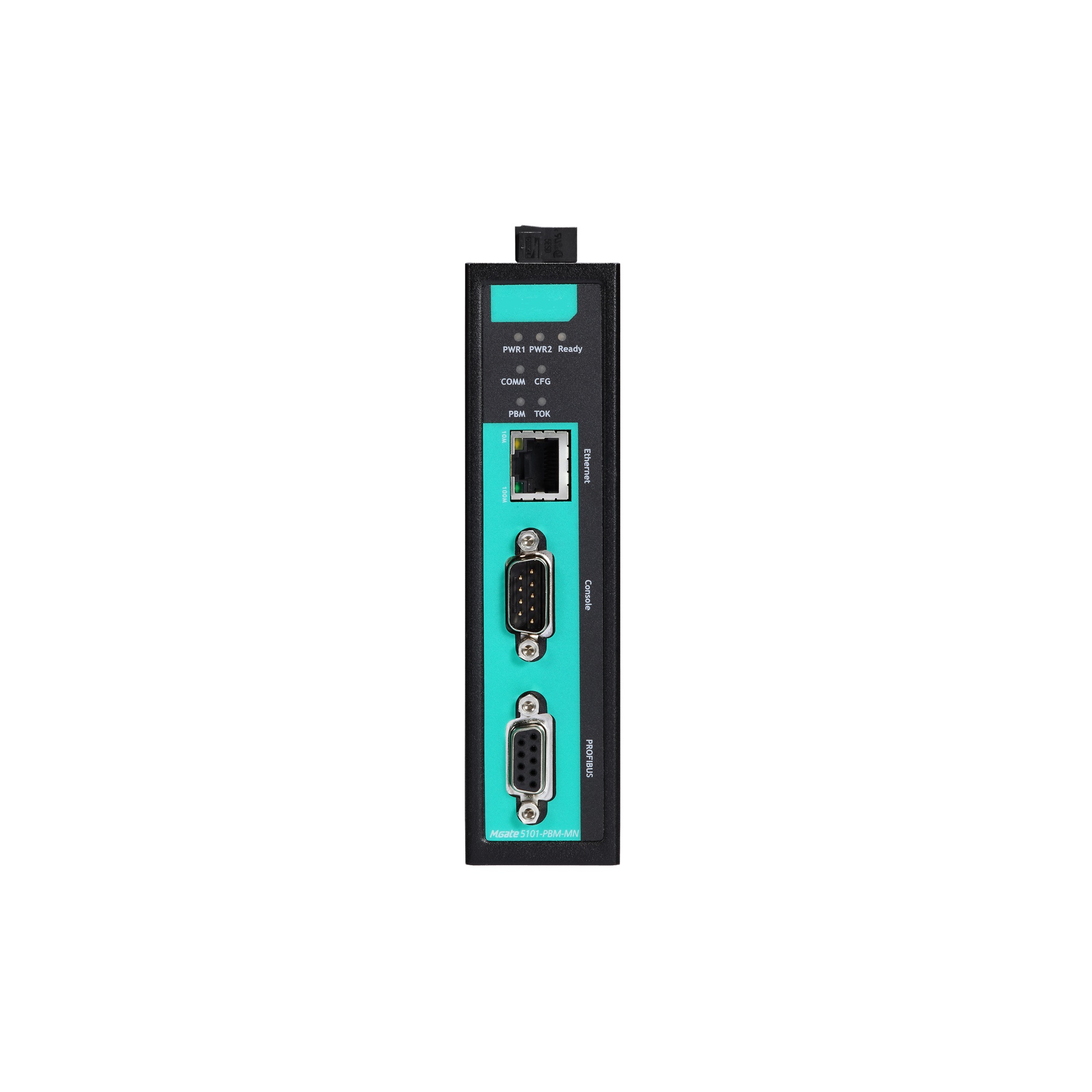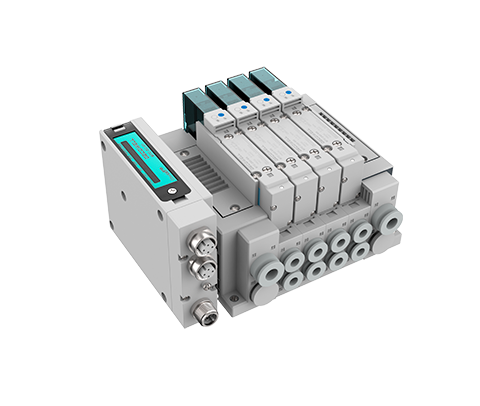Picture this – you’re in the middle of a project, and suddenly, a valve terminal failure throws a wrench in your plans. What do you do? These occurrences are more common than you’d think, and understanding the nuances of valve terminals is critical to avoiding such hiccups. A valve terminal, being an integral component in pneumatic and hydraulic systems, can often be the source of such troubles.

The Shortcomings of Traditional Solutions
To begin with, traditional solutions frequently fail because they lack the adaptability needed for modern applications—look, it’s simpler than you think! These older systems are often cumbersome, slow to react, and can cause significant downtime. Relying heavily on outdated technology can lead to inefficiencies and frustrations among engineering teams. Why does this happen? Because many rely solely on tried-and-true methods, ignoring emerging technologies that can offer far superior performance.
Embracing New Technological Principles
Innovations in valve terminal designs have opened up new avenues for optimisation—these new technologies enhance performance and reliability. For instance, smart valves integrated with sensors facilitate better monitoring and control. This allows for predictive maintenance and more precise operations, drastically reducing the chances of failure. With features like real-time diagnostics, users can identify issues before they escalate, thus saving time and money. Ever wondered how you could harness such technological advancements to benefit your processes?
Quantified User Benefits
The benefits of embracing cutting-edge valve terminal solutions are tangible. Users typically witness energy savings of up to 30%, alongside increased operational efficiency. One might ask, what’s the impact? Enhanced productivity and reduced operational costs are only the beginning. For many, it’s also about sustainability—modern valve terminals are designed with eco-conscious workflows in mind, contributing to broader corporate sustainability goals. Always verify these 3 metrics when choosing solutions: 1) Cost-effectiveness, 2) Energy efficiency, and 3) Maintenance requirements.

Exploring the Valve Island System
When discussing valve terminals, one cannot overlook the importance of the valve island system. This system offers a modular approach, streamlining the management of multiple valve functions within a single platform. By integrating various functions into one island, engineers can minimise installation complexities and enhance space efficiency—making it an ideal choice for numerous applications. The versatility offered by these systems supports rapid deployment in dynamic industrial environments, making life easier and more efficient.
Understanding Industrial Valve Islands
In the realm of automation, the industrial valve island is a key component worth noting. These units are designed to consolidate multiple pneumatic or hydraulic valves, simplifying connectivity and improving overall system flexibility. In sectors where real-time response is paramount, having an industrial valve island can lead to significant performance enhancements, bolstering productivity and reducing lag. As operational demands increase, the need for such advanced solutions has never been more critical.
Conclusion
In conclusion, navigating the landscape of valve terminals and systems can be quite daunting, yet understanding their applications and benefits can lead to smarter decision-making and improved outcomes. Brands like DECOWELL are paving the way for innovation in this space, offering advanced solutions that ensure performance and reliability, essential in today’s fast-paced industrial world.

